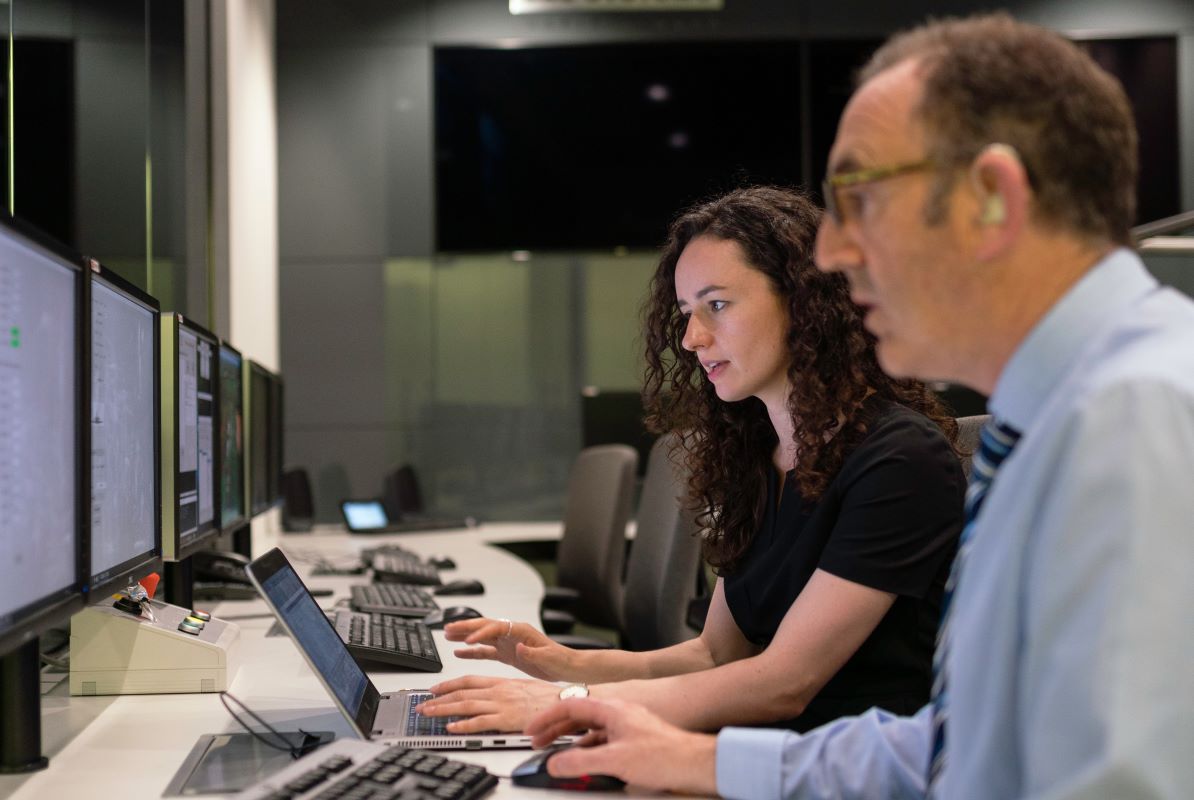Business Strategy Alignment
ON-DEMAND WEBINAR
Part Two: Redefine the Role of Supply Chain Planning Center of Excellence (CoE)
Series: Unlock the Power of Your Supply Chain through Digital Transformation
Read More
MOST-READ ARTICLES OF 2022













